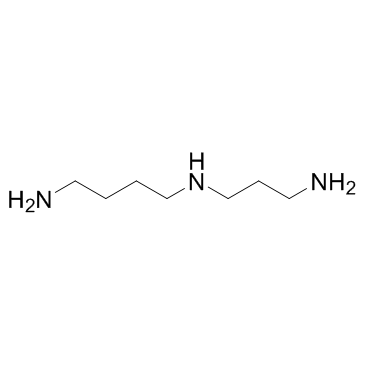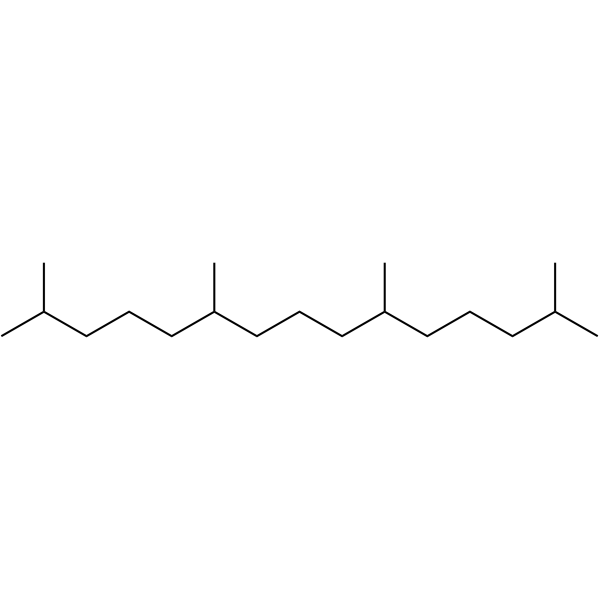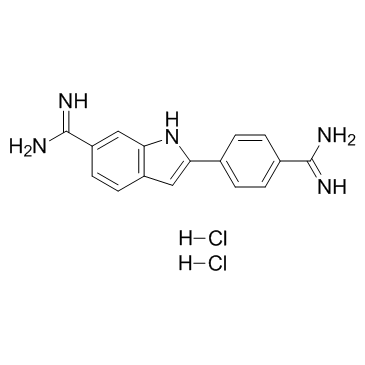| Structure | Name/CAS No. | Articles |
|---|---|---|
 |
spermidine
CAS:124-20-9 |
|
 |
Pristane
CAS:1921-70-6 |
|
 |
4',6-Diamidino-2-phenylindole dihydrochloride
CAS:28718-90-3 |